In the early days before the invention of motion pictures as we know them, scientists were making discoveries about the perception of motion. They discovered that the human eye will perceive motion if a rapid succession of similar images is displayed (at a minimum of around 16 per second). Many optical toys were marketed after this discovery, including:
- Belgian physicist Joseph Plateau and Austrian geometry professor Simon Stampfer’s Phenakistoscope (invented in 1832). In this invention, a viewer looks through a slot at a spinning disc with pictures.
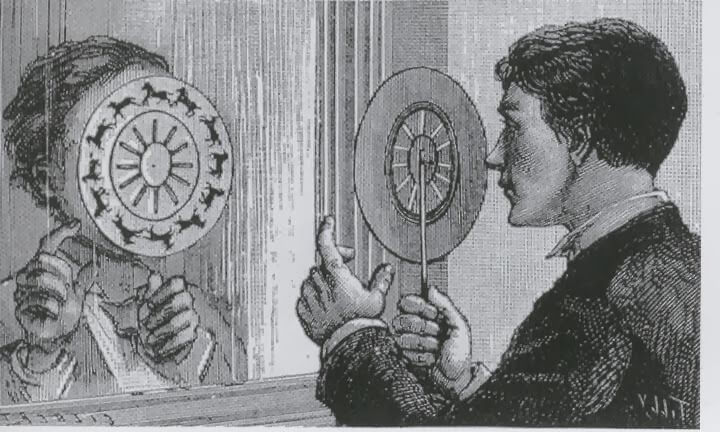
- The Zoetrope (invented in 1833). In this invention, users look through the slots at a series of drawings on a strip of paper inside a spinning drum.
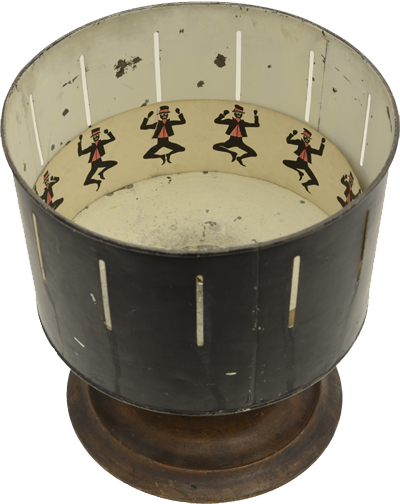
Proper projectors then had to be invented to project a rapid succession of images onto a surface. Magic lanterns had previously been used to project glass and lantern slides, but there was not yet a way to project a rapid series of images in succession.
Photographers then had to experiment with making successive pictures on a clear surface. Claude Niépce created the first still photograph (pictured below), but it was made on a glass plate and needed an 8-hour exposure time.
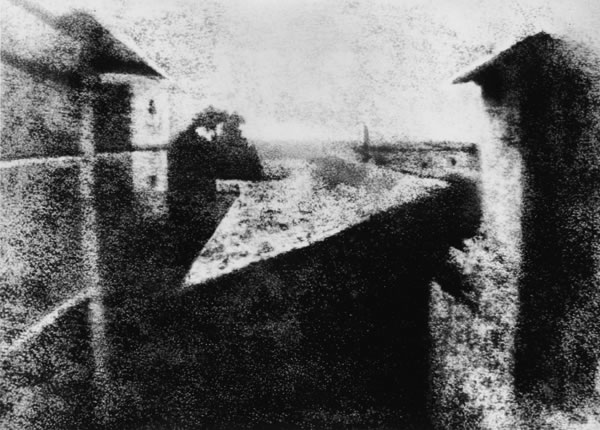
Henry Fox Talbot was the first to create negatives on paper (pictured below) in 1839 and it was around this time that printing photographic images onto glass lantern slides and projecting them became possible (though it wasn’t until 1878 that split-second exposure times were possible).
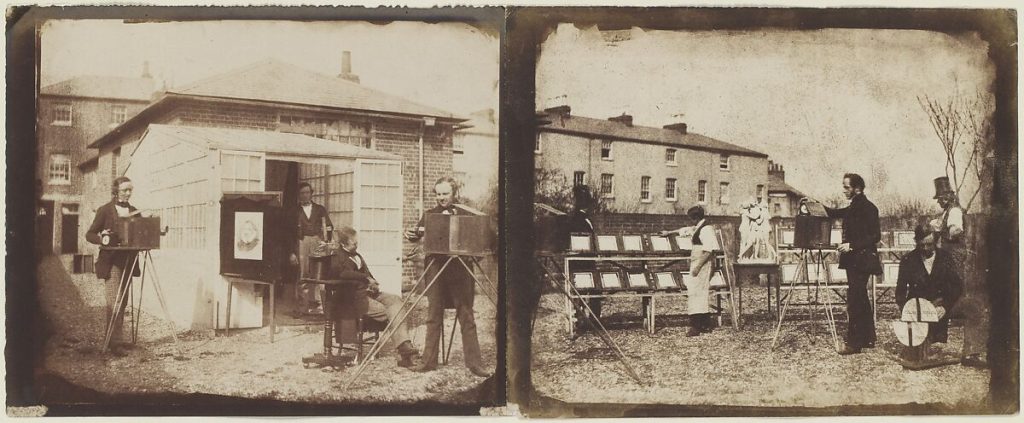
Photographs also needed to be passed through the camera rapidly on a flexible base. George Eastman made a still camera (the Kodak, pictured below) that created photographs on sensitised rolls of paper in 1888. He then introduced celluloid roll film the following year.
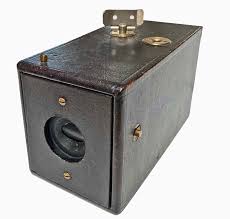
Experimenters then also needed to create a suitable intermittent mechanism for filming and projecting. The film needs to be repeatedly stopped for a split-second exposure and then covered with a shutter as the next frame is moved into place to avoid blur. This was the final step in creating motion pictures.
Leave a Reply to A WordPress Commenter Cancel reply